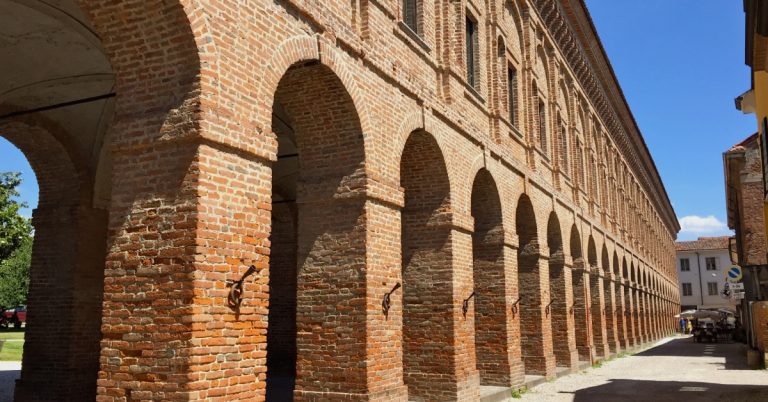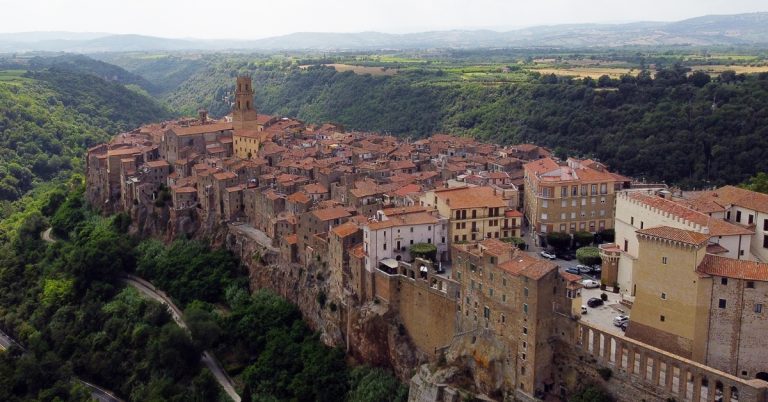Ultra-broadband connectivity: where do we stand? We analyse the fiber optic market in Italy with reference to official data AGCOM for 2023 from the AGCOM Observatory No. 4/2023
The way we connect to the network over the past year has changed: this is what emerges from the data collected by the AGCOM Observatory and processed by Open Fiber.
Thanks to the FTTH infrastructure that the company is building in the country, more and more citizens have shown interest in ultra-broadband connectivity services. Focusing on the residential market and excluding business users, about 60% of those who have an FTTH network are surfing on Open Fiber infrastructure (data as of 30 September).
Open Fiber today
More than € 8 billion of investment by the end of 2023, 120,000 km of FTTH infrastructure already in place and more than 14,5 million homes, businesses and public administration offices connected to the FTTH fibre optic network.
This is the milestone that Open Fiber has reached after about seven years of full operation in the country.
The company kicked off this major infrastructure work in 2017 and today, six out of the ten people surfing with an FTTH connection in Italy, do so thanks to the fibre-optic network built by Open Fiber.
Of the approximately 120,000 km of infrastructure already in place, 46,000 km run through the Black Areas – the most densely populated – and as many as 74,600 km through the White Areas, the least densely populated.
White Areas are the real challenge for Open Fiber, as they are morphologically complex areas where property units are further apart than in large cities.
Despite the complexity of the network infrastructure implementation process, Open Fiber managed to contribute to the acceleration of fibre optic coverage and significantly reduce the digital divide in Italy, bringing Italy closer to the EU average (54% of housing units covered in FTTH in Italy against 56% in Europe).
This is an extremely positive result for Italy, although it should be noted that the take-up of FTTH in Italy is around 22%, well below the European average (52%). (Data as of FTTH Council’s September 2022 report).
Ever fewer copper connections and ever more fibre connections
Fibre optic networks, compared to the previous year, recorded further growth, with a yearly increase of more than 1 million accesses, in contrast to accesses to the copper network, which declined by 740,000 accesses in the same period.
Specifically, in September 2023:
- FWA accesses amount to 2.07 million;
- FTTH accesses amount to 4.3 million;
- FTTC accesses (i.e. on mixed fibre/copper networks) stood at 9.95 million compared to only 3.76 million for copper lines. Copper, in particular, dropped dramatically from 4.61 million accesses in the previous year to 5.85 million in 2021.
An overview of the White Areas
How far is 90,000 km? More than twice the earth’s circumference. This is the major work that Open Fiber is carrying out in the country’s White Areas. A fiber optic network that will bring ultra-fast connectivity to over 6 million property units.
The work is progressing. The figures as at 31 December 2023 are as follows: Open Fiber reached 74,600 km of built infrastructure, i.e. 83 % according to the company’s coverage plan. More than 17,300 km of infrastructure was built from January 2023 to December 2023 alone.
Translated into property units, Open Fiber’s fiber optic has reached 720 new municipalities and 676,000 property units including homes, businesses, offices, companies and public administrations.
The figures are a litmus test for the progress of the ultra-fast network. They also tell us how Open Fiber works every day to change the country and how citizens experience this transformation. Let’s take a look at the data.
Of the 6,232 municipalities under the Infratel concession, 4,774 have been completed, 77% of the total.
Not to mention that 4.44 million property units are for sale with FTTH technology by the end of 2023 and it is therefore possible to apply to Open Fiber’s Partner Operators for the activation of services.
Want to connect to the Open Fiber network? Check if your house number is already covered and discover our Partner Operators at this link https://openfiber.it/verifica-copertura/








